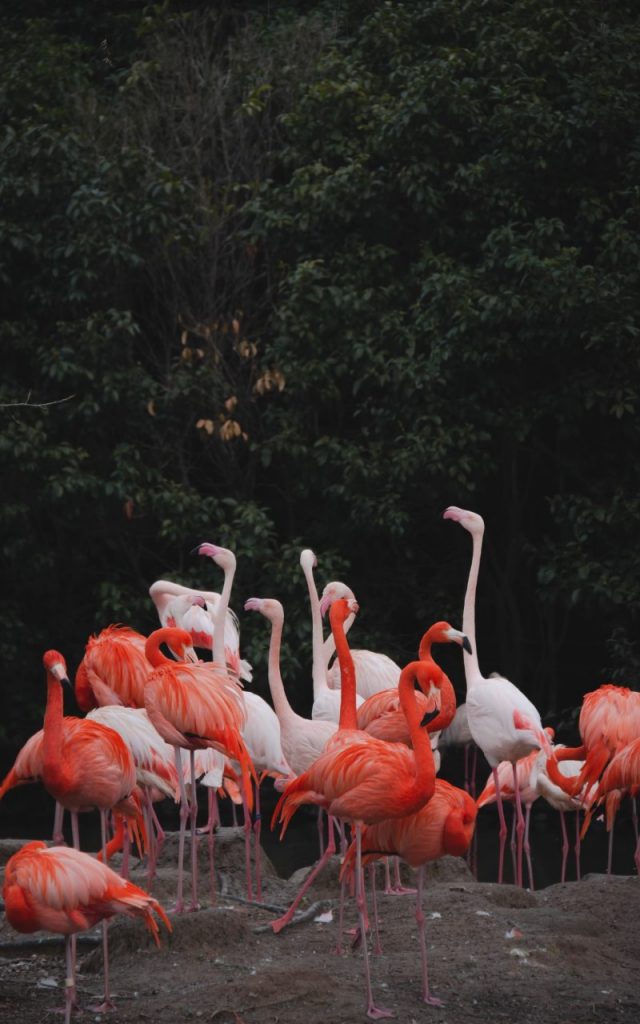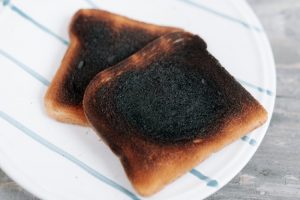Flamingos, with their vibrant pink feathers and graceful standing posture, are captivating birds found in shallow waters around the world. But what fuels these elegant creatures? While shrimp might be a popular guess, their diet is actually quite diverse. Let’s delve into the fascinating world of flamingo feeding habits.
Flamingo Anatomy and Feeding Behavior
Flamingos have a unique bill specially adapted for filter feeding. Unlike ducks that dabble at the water surface, flamingos hold their heads upside down, with their bill submerged in the water and their tongue pumping rhythmically. Lamellae, tiny hair-like filters lining their bills, trap tiny organisms as water is pumped through.

The Role of Shrimp in a Flamingo’s Diet
Brine shrimp, tiny crustaceans found in salty lakes and lagoons, are indeed a part of a flamingo’s diet. They are a good source of carotenoids, pigments responsible for the bird’s pink coloration. However, shrimp typically make up only a small portion – around 20% – of a flamingo’s meals.
Beyond Shrimp: Diverse Diet of Flamingos
The flamingo’s menu extends far beyond shrimp. Here’s a wider variety of their food sources:
- Microscopic Plants. Blue-green algae and diatoms, single-celled organisms abundant in shallow waters, form a significant part of a flamingo’s diet. These algae also contribute to the bird’s pink hue.
- Tiny Animals. Flamingos consume a range of small aquatic invertebrates, including insect larvae, worms, and mollusks like snails.
- Seeds. In some cases, flamingos might also ingest seeds present in the water or mud.

Adaptations for Feeding on Various Foods
Flamingos have several adaptations that allow them to exploit this diverse food source:
- Flexible Bill – the flamingo’s bill can adjust its shape depending on the food it encounters. For tiny shrimp, the bill forms a tight seal, while for larger prey, the gap widens for efficient capture.
- Specialized Tongue – their rough tongues help separate food particles from water as it’s pumped through the bill.

Factors Influencing Flamingo Diet
The specific composition of a flamingo’s diet can vary depending on several factors. Habitat – the types of food organisms available in their wetland environment significantly influence their diet. Seasonal fluctuations in food availability can cause flamingos to adjust their feeding preferences.
Conclusions
Flamingos are not just shrimp lovers! Their diet is surprisingly varied, consisting mainly of microscopic plants, tiny animals, and occasionally seeds. Their unique anatomy and feeding behavior allow them to exploit a diverse range of food sources in shallow waters, making them successful inhabitants of wetland ecosystems.





